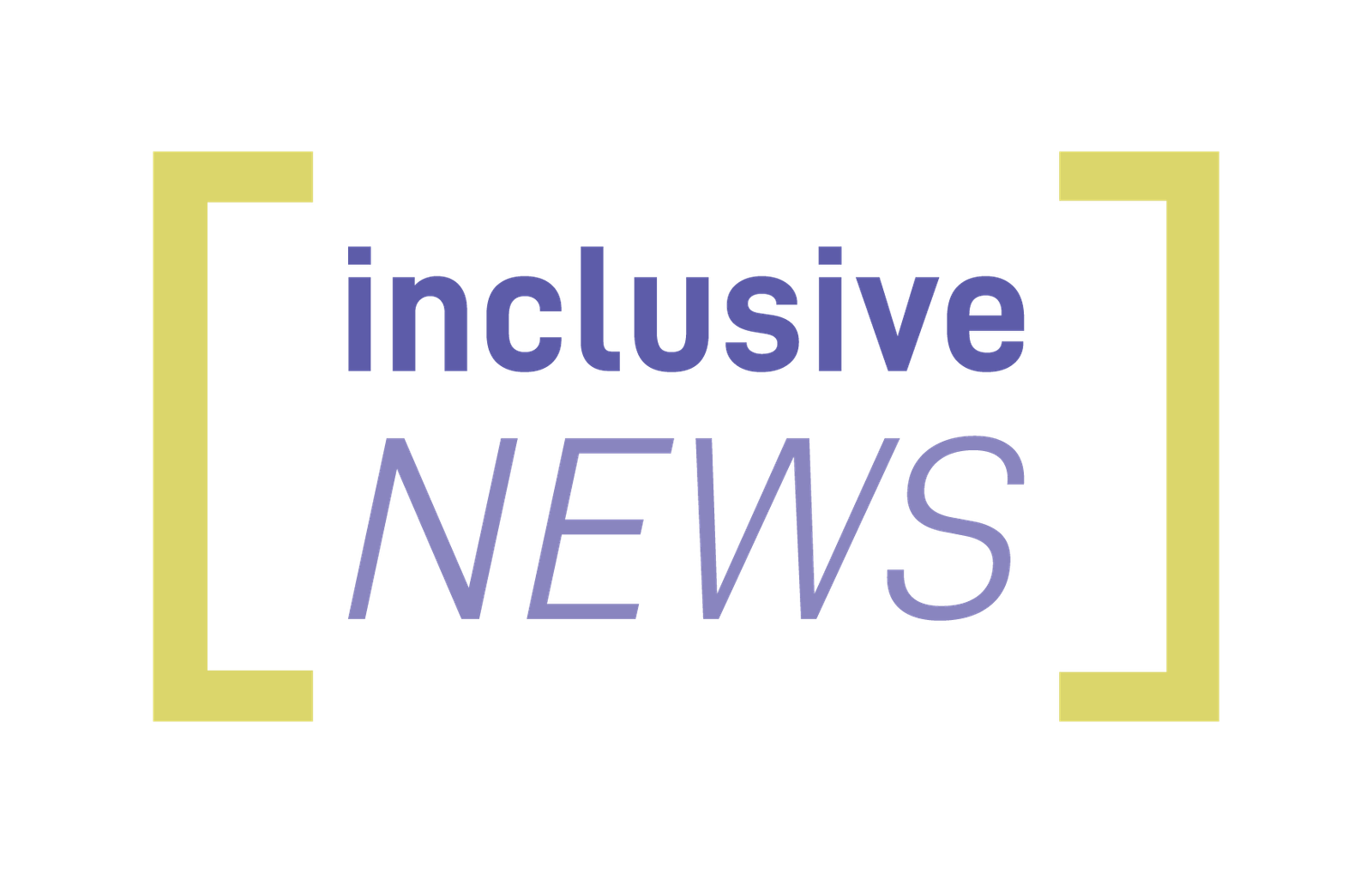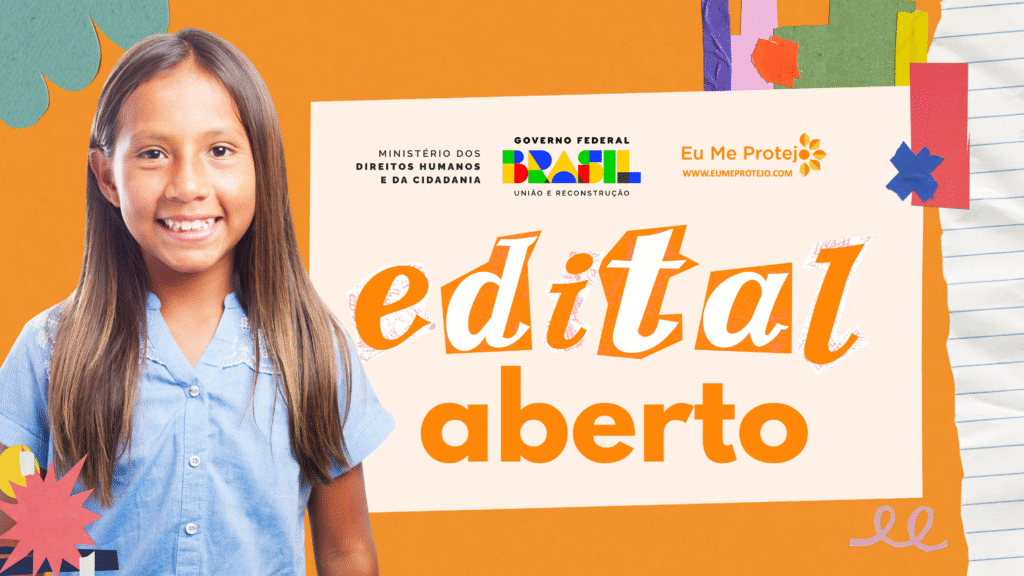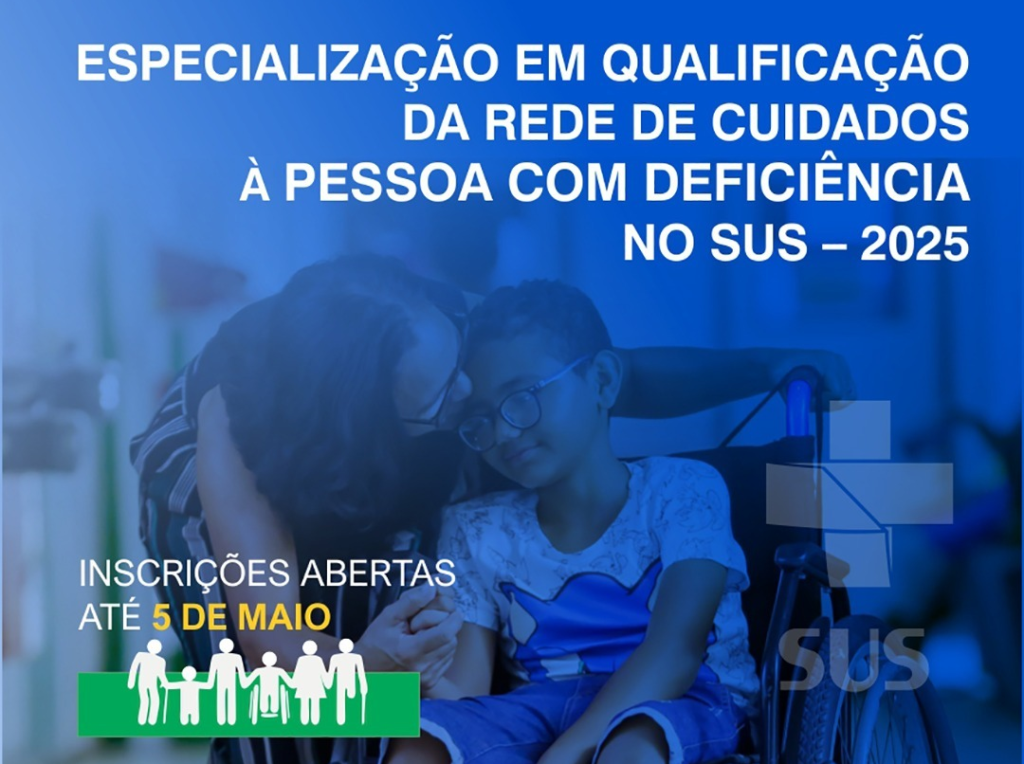P { MARGIN: 0px }
AccessDL
The Center on Accessible Distance Learning (AccessDL) is funded by the U.S. Department of Education (grant # OPE P333A020044 and P333A50064) to share guidance and resources on making distance learning courses accessible to students and instructors with disabilities. It is directed by DO-IT. Listed below are directions for joining a discussion list as well as publications, videos, websites, resource centers, promising practices, and research.
Discussion Lists
- AccessDL Discussion List – is to discuss issues related to creating accessible distance learning courses. This list fosters ongoing discussion about accessible design, policy, practice, training, and support. It is supported by DO-IT (Disabilities, Opportunities, Internetworking and Technology) at the University of Washington. For more information about this list consult:
http://mailman.u.washington.edu/mailman/listinfo/AccessDL
Distance Learning Program Accessibility Indicators
- Ten Indicators of Distance Learning Program Accessibility – an opportunity to apply and to provide formative feedback on indicators of an accessible distance learning program.
Resources on Accessible Distance Learning
Overview Publications and Streaming Video Presentations
- Real Connections: Making Distance Learning Accessible to Everyone – DO-IT video and publication with strategies for designing distance learning courses that are accessible to students with disabilities.
- Equal Access: Universal Design of Distance Learning – a checklist to assure access and promote the learning of all students.
- World Wide Access: Accessible Web Design – DO-IT video and publication on how to make WWW pages accessible to people with disabilities.
- Web Site Accessibility – a self-paced, free class teaching the basics of web accessibility, developed through Iowa State and University of Arizona.
- Distance Learning: Universal Design, Universal Access – a 2002 article by Sheryl Burgstahler in Educational Technology Review that includes steps that can be taken to make distance learning programs accessible to students with disabilities.
- Snow Courseware Accessibility – overview of technical issues in making distance learning courses accessible to people with disabilities.
- IMS Guidelines for Developing Accessible Learning Applications – a framework for a distributed learning community, highlighting existing solutions, opportunities and strategies for their implementation.
- A Survey of Online Instruction Issues and Strategies for Postsecondary Students with Learning Disabilities – a 2002 article by Robin Cook and Marsha Gladhart in Information Technology and Disabilities that explores strategies for overcoming accessibility obstacles such as websites with poor navigation, crowded hyperlinks, and flashing graphics.
- The Design of Accessible Distance Education Environments that use Collaborative Learning – a 2002 article by Katarina Schenker and Lawrence Scadden in Information Technology and Disabilities that discusses accessibility issues that arise when collaboration and dialogue are central to success in an online course.
- Instructional Design and Accessibility: Cognitive Curb Cuts – a 2003 overview of accessibility and instructional design, including issues related to cognitive disabilities and to graphics, by Stephanie Roberts of the National Center on Low-Incidence Disabilities.
- Creating Video and Multimedia Products that are Accessible to People with Sensory Impairments – a publication by Sheryl Burgstahler on how to design video presentations that are accessible to individuals with disabilities.
- How can I select a web accessibility software tool? A Q&A from AcessIT on tools designed to check web accessibility.
- Are chat rooms accessible to people with disabilities? – an article from AccessIT.
- Are electronic whiteboards rooms accessible to people with disabilities? – an article from AccessIT.
Training
- Accessibility in Distance Education: A Resource for Faculty in Online Teaching – website that focuses on helping faculty develop accessible online learning materials, with examples of barriers and how they were removed, from the University of Maryland University College.
- EASI – interactive web conferences and interactive, instructor-led courses through EASI (Equal Access to Software and Information).
- GRADE – free, online tutorial that explains how to create accessible distance learning materials from the Georgia Tech Research on Accessible Distance Education.
- DBTACs – classroom-based trainings, training, and online technical assistance from the Disability and Business Technical Assistance Centers.
- WebAIM – train the trainers, an online course planning tool for creating your own web accessibility course. From Web Accessibility in Mind.
- Dive into Web Accessibility – free, self-paced online tutorial where material can be arranged by type of disability, design principle, web browser, or publishing tool, by Mark Andrew Pilgrim.
- ITTATC Web Accessibility Course – free, self-paced, online course written to teach techniques for creating accessible websites that comply with Section 508 standards for accessible web content, by Jim Thatcher.
- Introduction to Accessible Information Technology in Education – free, self-paced online course focusing on accessibility issues that relate to information technology and related law and policy issues in education, offered through the National Center on Accessible Information Technology in Education (AccessIT).
- Web Accessibility 101 – free, self-paced, online course focusing on web accessibility policy, standards, and design from the University of Wisconsin.
Resource Centers
- Accessibility in Distance Education – resources for the development of courses that are accessible to everyone, including a “how to” section for individuals new to the accessibility field.
- AccessIT – The National Center on Accessible Information Technology in Education’s searchable database of frequently asked questions, case studies, and promising practices.
- AccessSTEM – DO-IT’s Alliance for Access to Science, Technology, Engineering and Mathematics website, featuring a searchable database of frequently asked questions, case studies, and promising practices related to assistive technology, universal design, and accommodating people with disabilities in high tech fields.
- EASI – distance learning resources from project EASI (Equal Access to Software and Information), including online classes, interactive web conferences and consulting services.
- Illinois Center for Instructional Technology Accessibility, Authoring Tools – discussion and examples of how to incorporate accessibility features in web authoring tools such as Front Page and Netscape Composer.
- National Center for Accessible Media (NCAM) – a research and development facility dedicated to making media and information technology accessible to people with disabilities.
- National Center on Low Incidence Disabilities – resources include comparison between a screen reader scanning a poorly designed web page and a well-designed page, with transcripts of the screen reader output; a tutorial also offers examples of how to write different types of alt tags and how to design accessible tables.
- WebAIM – resources from the Web Accessibility in Mind project, including a streaming video introduction, links to online courses and articles, and a tutorial.
- Technology and Universal Design – DO-IT’s collection of videos, publications and web resources on the procurement, development and design of accessible technology.
Promising Practices
- Michigan Virtual University: A Promising Practice in Developing Standards for Online Courses – integrating accessibility into online course standards.
- PIVoT: A Promising Practice in Making an Online Physics Course Accessible – an example of a fully accessible course.
- University of Washington: A Promising Practice in Making Distance Learning Courses Accessible – by The Sloan Consortium: A Consortium of Institutions and Organizations Committed to Quality Online Education.
- Steps Toward Making Distance Learning Acessible to Students and Instructors with Disabilities – step-by-step process of the University of Washington.
Course Management Software
- Blackboard – a statement on accessibility, with links to screen reader tutorials and accessibility projects.
- Blackboard 5 and Accessibility – A collection of frequently asked questions regarding accessibility issues and Blackboard 5. (PDF link)
- WebCT – a statement on accessibility, with links to WebCT standards, a short checklist, and a discussion of WebCT and Section 508.
- WebCT, Accessibility, Usability and the Disabled Student – design strategies and workarounds to make WebCT courses more accessible, from Evergreen Valley College.
Web Editors
- Accessibility and Dreamweaver – Dreamweaver’s accessibility help page, with information about using accessibility features built into Dreamweaver and about adding captions to Flash movies.
Research
- Distance Education: Access Guidelines for Students with Disabilities – guidelines for California community colleges.
- Research on Web Accessibility in Higher Education – a 2003 article by Terry Thompson, Sheryl Burgstahler, and Dan Comden in Information Technology and Disabilities, that explores the correlation between manual methods of evaluating website accessibility and evaluation by Bobby and evaluates the accessibility of key websites in selected post-secondary institutions.
- Online Distance Education – “Anytime, Anywhere” but not for Everyone – a 2001 article in Information Technology and Disabilities by Axel Schmetzke, University of Wisconsin-Stevens Point.



